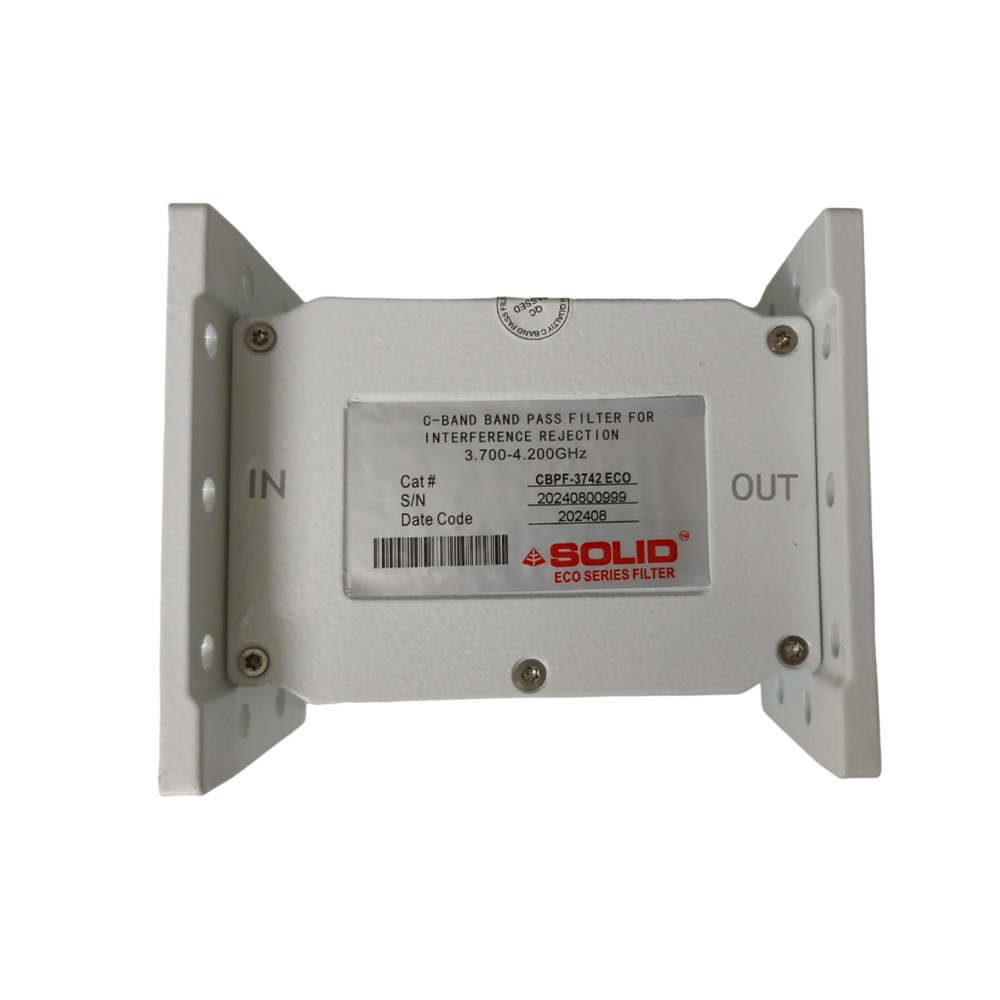A band-pass filter is an electronic circuit or optical device that allows signals within a specific frequency range (called the passband) to pass through while attenuating (reducing the amplitude of) signals at frequencies outside this range (called the stopbands). Essentially, it’s a combination of a high-pass filter (which blocks low frequencies) and a low-pass filter (which blocks high frequencies).
Here’s a breakdown of its key characteristics:
- Passband: The range of frequencies that the filter allows to pass through with minimal attenuation.
- Stopbands: The ranges of frequencies that are significantly attenuated by the filter.
- Cutoff Frequencies: The frequencies that define the edges of the passband and stopbands. Typically, these are the frequencies at which the power of the signal is reduced by half (the -3dB points).
- Bandwidth: The width of the passband, calculated as the difference between the upper and lower cutoff frequencies.
- Center Frequency (Resonant Frequency): The central frequency within the passband, often the frequency of maximum transmission.
- Quality Factor (Q): A measure of the filter’s selectivity. A higher Q factor indicates a narrower passband relative to the center frequency, meaning the filter is more selective in the frequencies it allows to pass.
Where can we use band-pass filters?
Band-pass filters have a wide range of applications across various fields, including:
1. Wireless Communication:
- Transmitters: To limit the bandwidth of the transmitted signal to the allocated frequency band, preventing interference with other stations.
- Receivers: To select the desired signal within a specific frequency range while rejecting unwanted signals and noise. This is crucial in radio receivers, television tuners, and cell phones.
2. Audio Processing:
- Equalizers: To isolate and adjust the levels of specific frequency bands (e.g., bass, midrange, treble) to shape the sound.
- Musical Instruments and Effects: To create specific tonal characteristics or filter out unwanted frequencies.
- Speech Processing: To isolate the frequency range of human speech and remove noise.
3. Optical Systems:
- Spectroscopy: To select narrow bands of light for analysis of materials.
- Photography and Theatre Lighting: As colored filters that allow a specific band of light wavelengths to pass through.
- Telecommunications and Satellite Communications: In wavelength division multiplexing (WDM) to select specific channels of light for data transmission.
- LIDAR (Light Detection and Ranging) and Lasers: To filter specific wavelengths of light.
4. Biomedical Engineering:
- ECG (Electrocardiography) and EEG (Electroencephalography): To isolate and amplify specific frequency components of physiological signals for diagnosis.
5. Radar and Sonar Systems:
- To filter out unwanted frequencies and noise, improving the detection of targets.
6. Seismology:
- To analyze specific frequency ranges in seismic waves to study earthquakes and the Earth’s structure.
7. Data Communication:
- In modems and other communication devices to filter specific frequency bands used for data transmissions
In summary, band-pass filters are essential for selecting desired signals within a specific frequency range and rejecting unwanted signals or noise in a multitude of electronic, optical, and acoustic systems. They play a crucial role in ensuring efficient communication, accurate measurements, and effective signal processing across diverse applications.
SOLID CBPF-3700-4200MHz C-BAND 5G PASSBAND FILTER




